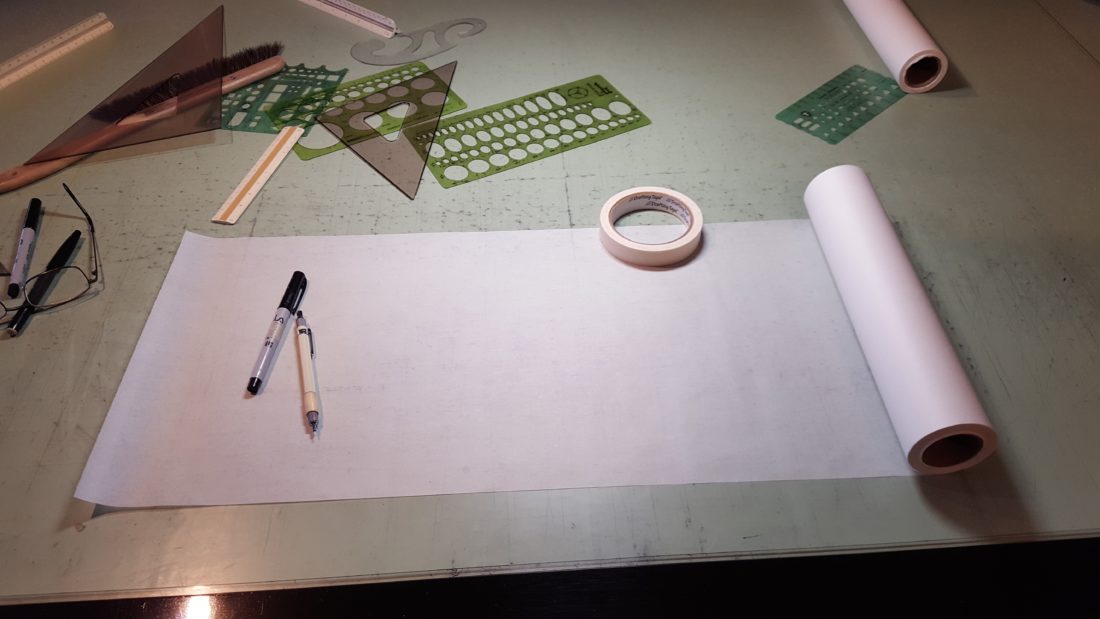
Can’t get Started? 5 Ideas for How to Start a New Home Design or Remodeling Project
I think I’ve heard every imaginable reason why prospective clients are anxious about how to start a new home design project. A few of the most common are:
- I can’t find a design that I like
- I’m afraid of the whole process of designing and building
- I don’t know if my ideas make sense
- I just can’t visualize a design
- I don’t know how to start looking for land / houses / plans / Architects / builders
Other fears scare off homeowners thinking about remodeling:
- I have a unique house that I really love, but I’m not sure anyone else does
- I have an historic home and am concerned about somebody ruining it
- I have a story attached to my house and want to talk with someone who understands and appreciates it like I do
- I’m skeptical because my neighbor had a bad remodeling experience
Some of those questions and concerns are completely legitimate – building and remodeling is something you don’t want to get wrong.
And some of them are just the normal human fear of something new, different, untried. What you need to do is somehow just get started – the cliche that says “the longest journey begins with a single step” is appropriate here.
But how do you take that first step? Here are five easy ideas for how to start a new home design project:
1. Make A Big Wish List
I read lots of wish lists from clients and potential clients, and can easily divide them into two categories; the ones that have edited their lists down to only what they think is reasonably attainable, and those that dream big (big, in this case, means “wonderful”, not “big” as in “big house”).
Some wish lists are resigned to defeat: “I’d like to have a (fill in the blank) unless you don’t think we can work it in.”
Others wish bigger: “I want a bright sunny space, with a fireplace and a window seat, with wonderful views, where I can sit and read and sip coffee and see the kids playing in the backyard.”
There are only two things that can happen with a wish list – either you don’t get everything you hope for, or you don’t get everything quite the way you thought you might. But you won’t get anything different from what you have now if you don’t “wish big”.
I’m a big fan of brainstorming, especially right at the beginning of the design process. No idea or thought is too crazy. Get it all down on paper first, sort through the ideas later.
2. Think Unconventional
Boring, cookie-cutter houses happen when you’re unwilling to try something truly personal.
When you’re afraid that your neighbors won’t invite you to cocktail hour anymore if you don’t use those chrome appliances with the big red knobs.
When you really don’t need each of the kid’s bedrooms to have its own bath, but built them anyway because that was what everyone else has.
It’s hard – really hard – to break out of the status quo when you’re building a home because there are so many people happy to tell you that you can’t do that…it’s too unconventional.
But of course you can.
A client of mine designed a home a while back with just one bathroom – for Mom and Dad and two kids. They didn’t need three baths; they knew that one would do. It had to be carefully arranged of course, but it works, and they’ve been happily living that way for fifteen years.
That house also doesn’t face the street, and doesn’t have a front door.
3. Look Elsewhere for Ideas
Everyone’s looking at the same TV shows, the same magazines, the same model homes for ideas.
Is it any wonder that so many houses look the same?
Try a few totally illogical sources of inspiration:
Are you thinking of remodeling your kitchen? Try leafing through the pages of a book about log cabins.
Building a new home? Study old barns for a while.
Tweaking a bath? Nobody does well-planned baths like boat builders.
Break out of the status quo by looking in places you don’t expect to find ideas, and you’ll soon find your imagination revved up.
4. Find Unusual Houses, and talk to their owners
Lots of blogs and websites catalog unusual and unconventional homes…you might have stumbled on to some as you surfed the internet for ideas.
Did you quickly move on, thinking, “Nah, that’s not what I had in mind?”
If you did, you might have missed an opportunity to learn something new, and break out of your slump. You’ve heard the same thing from the same people too many times already, why not hear from someone completely different?
A big part of the design process in my office is trying ideas that seem contrary – that’s how we keep the creativity flowing and allow new and different design ideas to emerge.
People who build unusual homes are often more than willing to talk about them, and about how they came to choose the unconventional. Try tracking a few of them down and ask, “what were you thinking?”
They’ll probably tell you.
5. Take Your Time
A lot of people are going to try to push you into a new house or a room addition project as quickly as possible. They want to get you to a decision, now.
But if you’re like every single one of my clients over the past few decades, you’re going to change your mind about the scheme you’re working on several times before you settle on a final design.
That’s good – in fact, the more design concepts you explore (especially early on) the better. The more options you give yourself, the more likely you’ll come up with something special.
There’s no rush – this is a big thing you’re doing, and you don’t want to wish later on you’d taken more time with it.
It’s tempting to stop designing once you have a layout that seems to work, but that’s not how good design happens.
Instead, consciously avoid finishing your design – even if you like where it’s going – until you’ve looked at a lot of other options.
Starting a new home design or remodeling project is hard – staring at that blank sheet of paper, wondering what to do next. But believe me, we’ve all been there. Just remember that the direction you take at the start is far less important than just getting moving.


